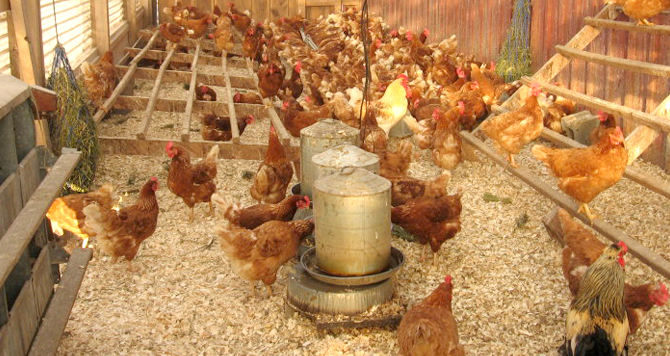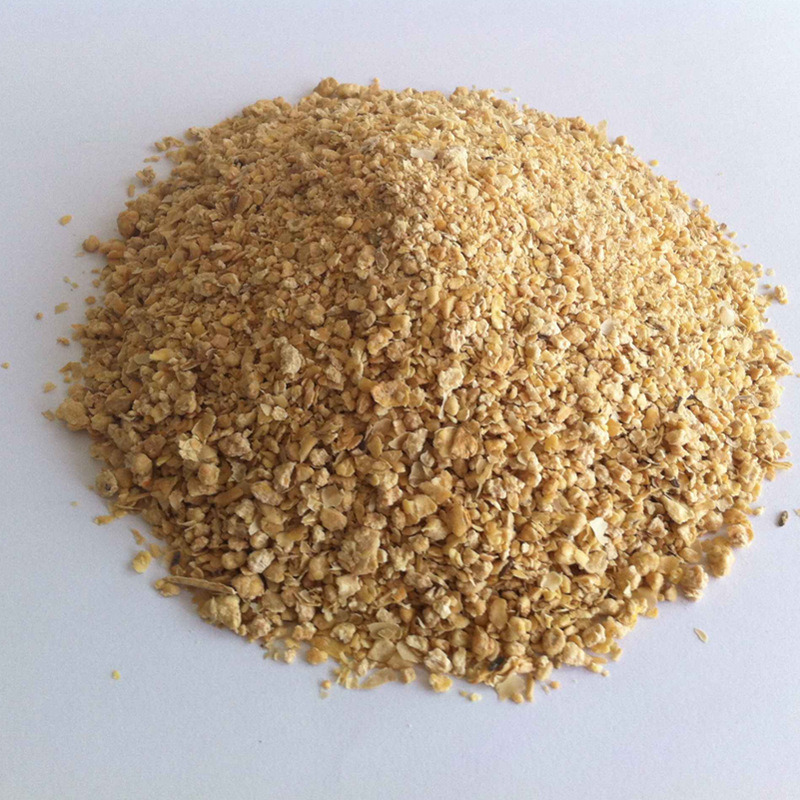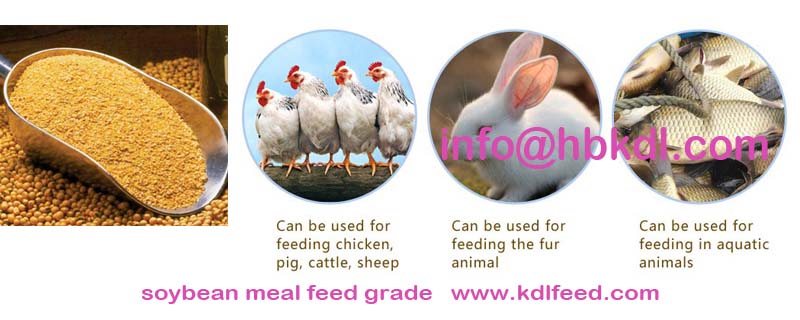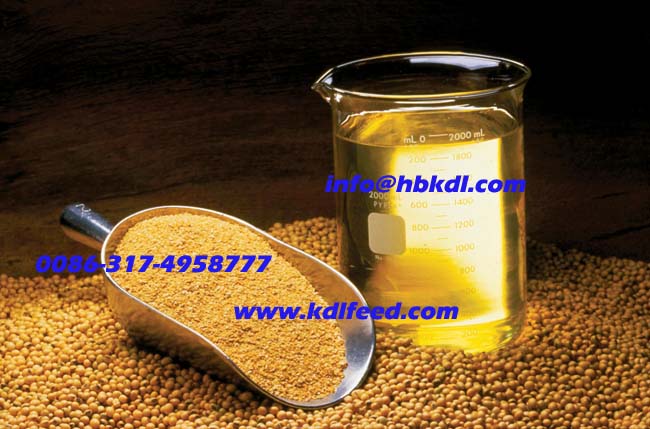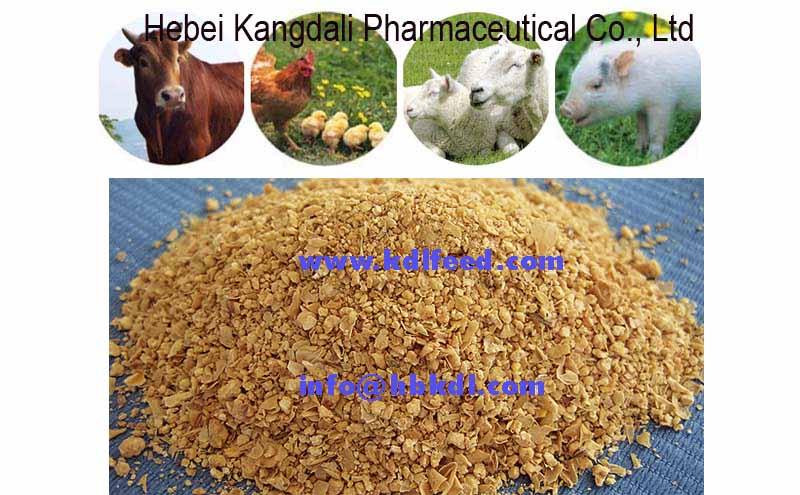high protein organic Soybean Meal for poultry Feeding

soybean meal for sale Animal Chickens Cattle Poultry Feed
November 16, 2017
How to produce choline chloride for poultry feed?
November 19, 2017oybean (Glycine max, L) is not only a source of high quality edible oil for humans, but also a high quality vegetable protein in animal feed worldwide. Its universal acceptability in animal feed has been due to favourable attributes such as relatively high protein content and suitable amino acid profile except methionine, minimal variation in nutrient content, ready availability year-round, and relative freedom from intractable anti-nutritive factors if properly processed. Also, attention has been focused on soybean utilisation as an alternate protein source in animal diets due to the changing availability or allowed uses of animal proteins coupled with relatively low cost.
Despite soybean’s pivotal role in animal production, it cannot be fed raw because there are a number of anti-nutritive factors (ANFs) present that exert a negative impact on the nutritional quality of the protein. The main ANFs are protease inhibitors (trypsin inhibitors) and lectins (Liener, 1994), which fortunately can be destroyed by heat treatment. The trypsin inhibitors cause pancreatic hypertrophy/hyperplasia with consequent inhibition of growth, while lectins inhibit growth by interfering with nutrient absorption (Liener, 1994). The elimination of these ANFs and those of less significance can be achieved through various processing methods. These methods have different impact on the nutritional quality of the products derived such as full-fat soybeans, soybean meal and soybean protein concentrates. Of these, soybean meal has been the major ingredient in both poultry and livestock diets.
Soybean Meal used primarily for production of vegetable oil and oilseed meal for animal feeding. The surge in the use of soybean meal in feeding animal as replacement protein source for animal protein feeds has been the main driving force in soybean production.
Full-fat soybeans
These are whole soybeans in which the oil is not extracted. These products are produced by a variety of processes such as extruding (dry or wet), cooking/autoclaving, roasting/ toasting, micronizing and jet-sploding to inactivate the ANFs. All of these processes have a different impact on the nutritive value of the products depending on heat damage or degree of inactivation of ANFs. Normally, soybeans are processed into defatted meals for feed formulation, particularly for poultry and pigs. However, the amount of full-fat soybeans used has been increasing in the livestock industry due to development of new varieties with limited number or levels of ANFs (Gu e~t al., 2010). Also, properly processed full-fat soybeans are a valuable feed ingredient for animal feeding because of their high energy content.
Soybeans yield 18.6% of oil and 78.7% of soybean meal with the rest being waste (FEFAC, 2007). The oil can be extracted either mechanically or by solvent means. There are two main types of soybean meal. The dehulled soybean meal and soybean meal, depending on whether the testa (seed coat) is removed or not. Both products vary in their nutrient composition, but are quite high in protein content with a good amino acid balance except methionine, low in fibre, high in energy, and have little or no anti-nutritive factors when properly processed.
The amino acid profile of soybean meal is close to that of fishmeal, except methionine (INRA, 2004). This deficiency can easily be corrected in monogastric diets using synthetic source of methionine. Also, soybean meal is superior to other vegetable protein sources in terms of crude protein content and matches or exceeds them in both total and digestible amino acid content
Soybean meal protein digestibility in poultry is approximately 85% (Woodworth et al., 2001), ranging between 82% and 94% for individual amino acid digestibility. Among the vegetable protein sources, soybean meal is used to meet the animal’s requirement for limiting amino acids in cereal-based (e.g. maize) diets (Table 3b), because it is usually the most cost-effective source of amino acids.
|
Color
|
Light yellow to yellow
|
|
Appearance
|
Powder, no impurities, without agglomeration
|
|
Smell
|
Rice smell, No bad smell
|
|
Moisture
|
≤11%
|
|
Protein
|
≥58.0%
|
|
Crude Fibre
|
≤2.0%
|
|
Ash Content
|
≤4.5%
|
TYPE 1
| Name | organic soybean meal |
| Moisture | 8%max |
| Protein | 44%min |
| Fat | 7%max |
| Urease | 0.1%max |
| Ash | 7%max |
| Package | in bulk, tote bag |
TYPE 2
| Name | organic soybean meal |
| Moisture | 8%max |
| Protein | 45%min |
| Fat | 7%max |
| Urease | 0.1%max |
| Ash | 7%max |
| Koh | 60% |
| Package | in bulk,tote bag |
TYPE 3
| Name | organic soybean meal |
| Moisture | 8%max |
| Protein | 46%min |
| Fat | 7%max |
| Urease | 0.1%max |
| Ash | 7%max |
| Koh | 70%min |
| Package | In bulk,tote bag |
Soybean is the major vegetable protein source in the animal feed industry. Its universal acceptability in animal feed is as a result of important attributes such as relatively high protein content and suitable amino acid profile except methionine, minimal variation in nutrient content, ready availability year-round, and relative freedom from intractable antinutritive factors if properly processed, limited allowable uses of animal proteins in feed and its relatively low cost. Therefore, its production and consumption will continue to grow as a preferred source of alternate high quality protein in animal diets.
Commonly used soybean products as protein source in animal feed are soybean meal, full-fat soybean and soybean protein concentrates, which are obtained through various heat processing methods that reduce anti-nutritive factors present such as trypsin inhibitors and lectins. Of these products, soybean meal is most preferred due to its relatively low cost. It is used extensively in feeds for poultry, pigs and cattle.
Soybean is also a major source of vegetable fat in animal feed. Feed-grade soybean oil is popularly used in high energy diets, particularly for poultry, because of its high digestibility and metabolisable energy content compared with other vegetable fats/oils.
Soybean production and utilization for animal feed is bound to face future challenges as a result of increased demand of vegetable oil for biofuel production; of which soybean is less competitive. There is also increased research to use co-products from biofuel production as substitutes for soybean meal in animal diets. Thus, there is a need to overcome these and other challenges in order not to jeopardise cheap meat production for ever increasing world population.


